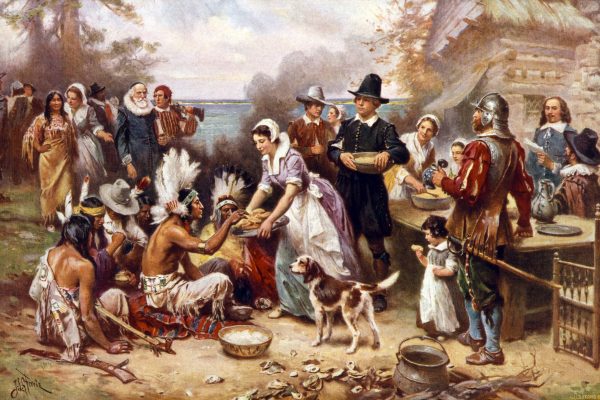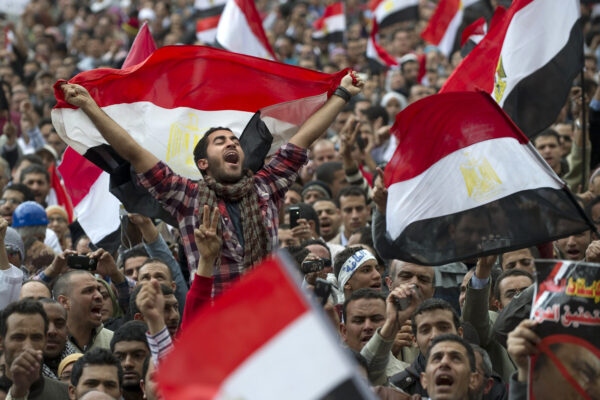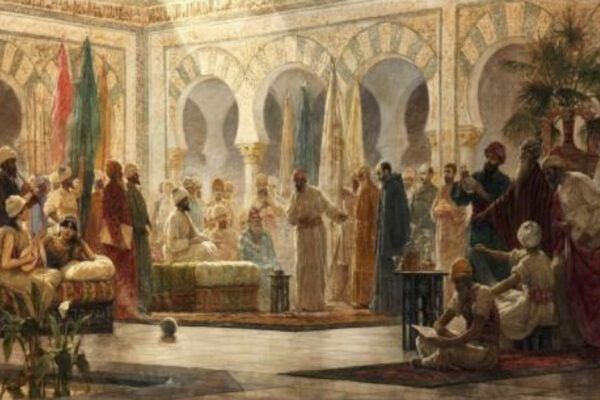The 8th of Shawwal in the Islamic calendar marks the anniversary of the destruction of the historic graveyard Jannat Al-Baqi, located in Medina near the grave of the Holy Prophet Muhammad (pbuh).
Once beautifully laced with shrines and visited by Muslims of all denominations, it was completely demolished by the Wahabi movement in 1925, after the Wahabi-affiliated House of Saud took control of the region. The demolition was motivated by extremist Wahabi ideology which prohibits the building of monuments upon graves, comparing it to polytheism.
Here is everything you need to know about this historic graveyard.
1. The Heavenly Tree Garden
“Jannat Al-Baqi” means ‘The Heavenly Tree Garden’. It is located in Medina, and is one of the oldest graveyards in Islamic history. The first companion buried there was Uthman ibn Madhun, who was buried there in the 3rd year after Hijrah.
It is said that the Holy Prophet would greet those buried in Jannat Al-Baqi by saying:
Peace be upon you, O abode of the faithful! God willing, we should soon join you. O’ Allah, forgive the fellows of al-Baqi.
2. It holds many of the Ahlulbayt and Companions
Nearly 7,000 companions of the Holy Prophet (PBUH) are buried in Jannat Al-Baqi. These includes Uthman ibn Madhun, Uthman ibn Affan and As’ad ibn Zurarah.
Members of the family of the Prophet who are buried there included Abbas, the uncle of the Prophet, Fatima Bint Assad, his aunt, and Hassan ibn Ali, his grandson.
Also buried there are Prophet Muhammad’s son, Ibrahim, who died in infancy, and his aunts Safiya, Aatika and Fatima. All of the Prophet’s wives are said to be buried in Baqi, with the exceptions of Khadija bint Khuwaylid and Maymunah bint Harith.
It is also the burial site of many Islamic scholars, like Imam Malik ibn Anas, father of the Sunni Maliki madhhab, and Imam Jafar Al-Sadiq, the sixth Imam in Shia doctrine.
3. It was beautiful
Historians speak of Jannat Al-Baqi of being extremely beautiful, with glorious domes and decorated small shrines.
An Englishman who visit Jannat Al-Baqi in 1877 described it as “a small city, resembling Istanbul”. He also wrote about white walls, golden slender minarets and green fields, a result of Ottoman architecture with it being rebuilt after its first destruction. It was also visited by the famous traveller Ibn Batuta, who described it in an extreme detail.
4. The first destruction
The Wahabi sect of Islam believes that visiting and paying respects to graves is a form of idolatry, which is why many find it difficult to perform ziyarat (visitation) in Saudi Arabia today.
In history, followers of Wahabi ideology sought to kill those who valued ziyarat.
After sacking the city of Karbala, which houses the grave of Hussain, the grandson of the Prophet, in 1802, Wahabis invaded Medina in 1813 and desecrated Jannat Al-Baqi. It was completely razed to the ground.
Though they initially captured Hijaaz, they were attacked by Muslims and local tribes and were thereafter removed from power.
Renovations of Jannat Al-Baqi took place thereafter in 1818, 1848 and 1860.
5. The second destruction
The Wahabis invaded Mecca in 1924. The invasion left behind what was described as a valley of corpses and dried blood. Awn ibn Hashim, the Sharif of Makkah, wrote:
Before me, a valley appeared to have been paved with corpses, dried blood staining everywhere all around. There was hardly a tree which didn’t have one or two dead bodies near its roots.
In 1925 they captured Medina and destroyed almost all of its Islamic heritage, including Jannat Al-Baqi.
Once news got out, protests were held by Muslims all over the world, including in India, Iran, Iraq, Egypt, Indonesia, and Turkey.
Today, Muslims still protest, calling for the rebuilding of Jannat Al-Baqi.





